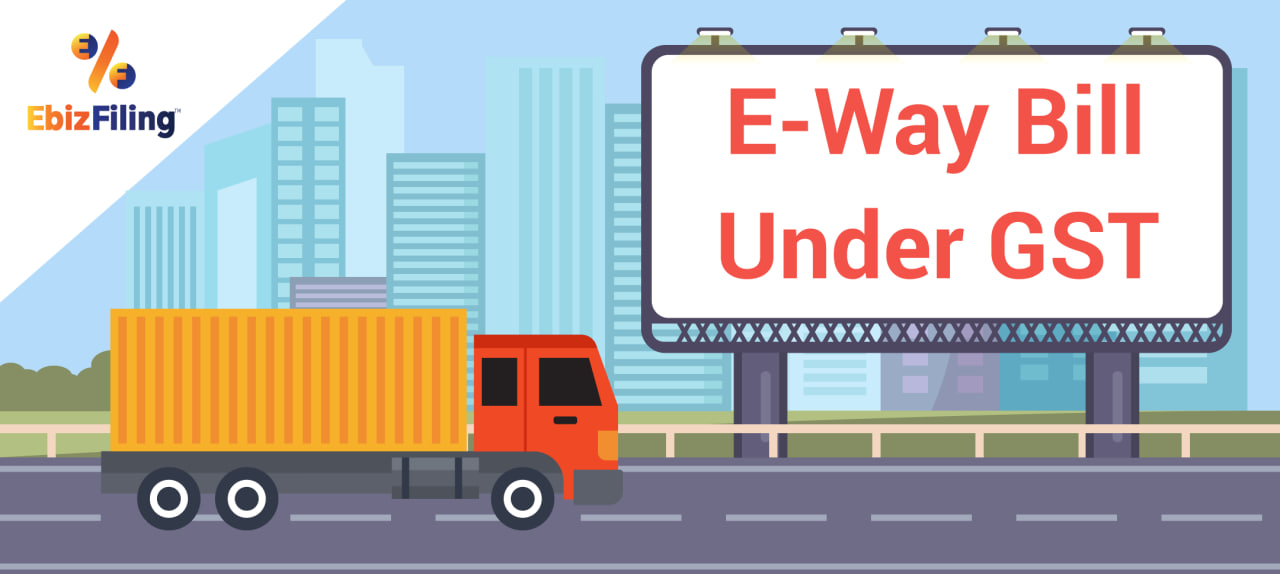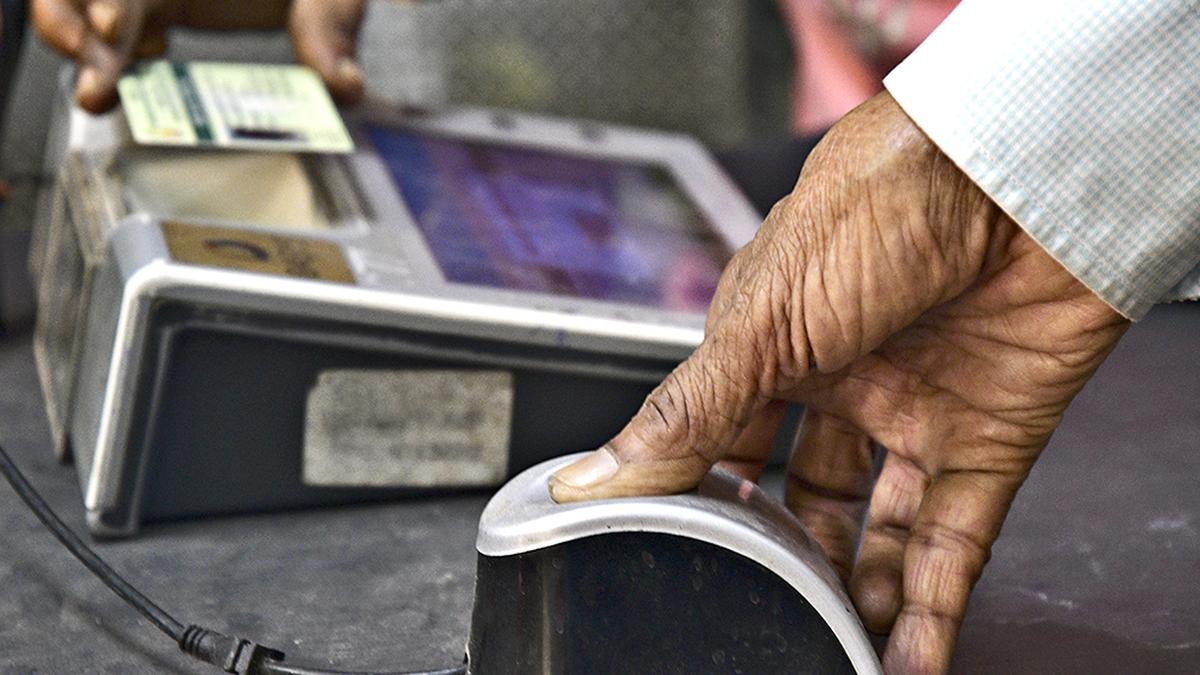Description

Copyright infringement not intended
Context: The 50th GST Council meeting approved the issuance of an order to make an e-way bill compulsory for the intra-state movement of gold, gold jewellery and precious stones.
Details
- The e-way bill is an electronic document that contains details of the goods being transported and the vehicle carrying them. It is mandatory for inter-state movement of goods under the Goods and Services Tax (GST) regime.
- The 50th GST Council meeting approved the issuance of an order to extend the e-way bill requirement to intra-state movement of gold, gold jewellery and precious stones as well.
- E-Way Bill is an electronic document generated for the movement of goods worth more than Rs. 50,000. But, in the case of gold, gold jewellery and precious stones it must be more than Rs 2 lakh.
- The decision aims to curb malpractices and ensure proper collection of GST on these items. It will bring uniformity and transparency in the taxation of these goods across the country.
- The e-way bill for these goods will have a validity period of three days instead of one day. They will also have a special code that will enable the authorities to verify its authenticity and track its movement.
Significances
- For the government, it will help in preventing tax leakage and enhance revenue collection.
- For the traders, it will reduce the compliance burden and harassment by tax officials.
- For the consumers, it will ensure the quality and purity of these goods and protect them from fraud.

Challenges
- The lack of awareness and preparedness among the traders and transporters about the new system and its procedures.
- The technical glitches and connectivity issues in generating and verifying the e-way bills online.
- The possibility of misuse and manipulation of the e-way bills by unscrupulous elements.
- The coordination and cooperation among the central and state authorities in monitoring and regulating the movement of these goods.
The government needs to take some steps such as:
- Conducting extensive outreach and training programs for the traders and transporters to educate them about the new system and its benefits.
- Strengthening the IT infrastructure and network to ensure the smooth functioning of the e-way bill portal and app.
- Develop robust mechanisms to detect and deter any fraudulent activities involving the e-way bills.
- Establishing a harmonized and cooperative framework among the central and state agencies to ensure effective enforcement of the order.
Conclusion
- The decision is a positive step towards improving the taxation system for gold, gold jewellery and precious stones in India. It will help in achieving the objectives of GST such as simplification, rationalization, transparency and revenue augmentation. However, it also requires careful implementation and monitoring to ensure its success.
Must-Read Articles:
Gross Goods and Services Tax (GST): https://www.iasgyan.in/daily-current-affairs/goods-and-services-tax-gst
GST: https://www.iasgyan.in/daily-current-affairs/gst-5
50th meeting of the Goods and Services Tax (GST) Council: https://www.iasgyan.in/daily-current-affairs/50th-meeting-of-gst-council
|
PRACTICE QUESTION
Q. What is the meaning of reverse charge mechanism under GST?
A) The recipient of goods or services pays the tax instead of the supplier.
B) The supplier of goods or services pays the tax instead of the recipient.
C) The tax is paid by both the supplier and the recipient in equal proportion.
D) The tax is paid by a third party on behalf of the supplier or the recipient.
Answer: A
Explanation: Reverse charge mechanism (RCM) is a provision under GST, where the liability to pay tax shifts from the supplier to the recipient of goods or services in certain cases, such as imports, unregistered suppliers, etc.
|

https://www.newindianexpress.com/states/kerala/2023/jul/12/e-way-bill-will-bring-big-change-in-gold-trade-saysfinance-minister-k-n-balagopal-2593835.html








